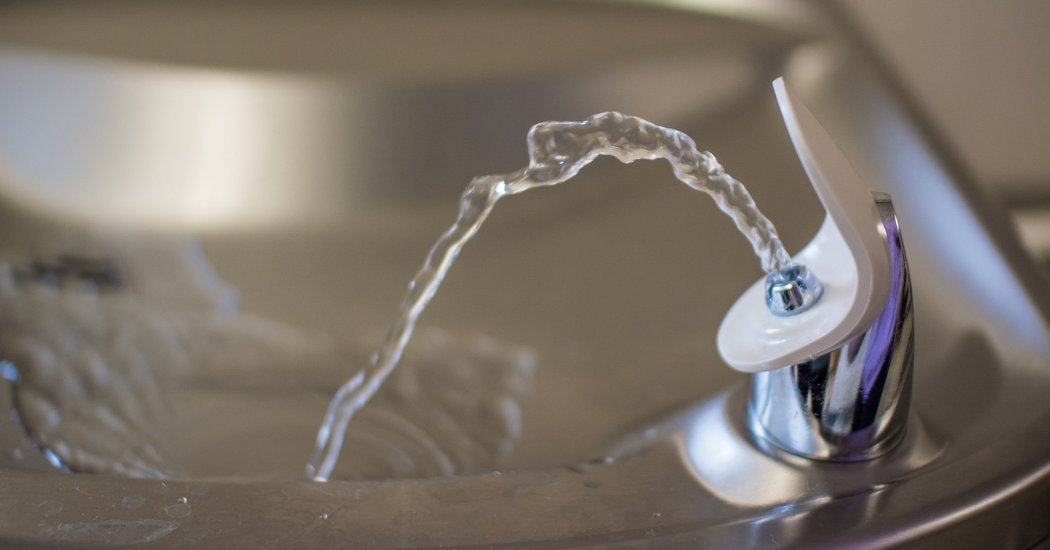In one of the most significant updates to water-quality standards in decades, the U.S. Environmental Protection Agency (EPA) has finalized a rule to fast-track the replacement of approximately 9.2 million lead service lines (LSLs) across the country. On 8 October 2024, the EPA adopted the Lead and Copper Rule Improvements (LCRI), requiring virtually all water systems to replace 100% of LSLs within 10 years. The new rule also strengthens sampling requirements and lowers the lead action level (the threshold for taking action to reduce lead exposure) from 15 micrograms per liter to 10 micrograms per liter.
Lead in drinking water is more localized compared to PFAS, which is challenging to detect and measure; lead is only a concern where lead pipes exist, provided utilities are aware of their locations. Earlier this month, water systems across the U.S. were required to submit initial service line inventories to their respective state primacy agency, marking a critical first step toward replacing all LSLs by 2037. As pressure builds for utilities to comply with the new rule in the coming years, states, companies, and other stakeholders across the water sector must mobilize to ensure utilities of all sizes have the technologies, programmatic capacity, and funding necessary to get lead out of U.S. drinking water systems once and for all.
Digital water players prove critical to LSL inventory process. Digital water solutions providers have responded proactively to the LSL inventory requirements put in place in 2021, with companies such as 120Water, BlueConduit, and Esri playing key roles in identifying service line materials and inventory management. Other digital players, including Trinnex and VODA.ai, have expanded the suite of software and data tools available to utilities. While regulatory uncertainty leading up to the LCRI left many states waiting for federal guidance on authorized validation methods for service line inspections, companies such as Electro Scan and Mueller’s Echologics have been supporting inventorying through predictive modeling, acoustic detection, and other digitally enabled hardware solutions for physical LSL inspection. As smaller, rural utilities have faced pressure to comply with inventory requirements, this growing list of successful partnerships has opened the door to broader digital technology adoption.
Shift toward replacement phase to place engineering firms, contractors, and pipe manufacturers at the forefront of project activity. Once a utility has completed its LSL inventory, developing a service line replacement plan by the LCRI compliance date 2027 is the next major step. Further, utilities must also prepare a communication strategy for customers regarding lead pipes and plans for replacing them. These requirements have allowed engineering firms to leverage their expertise in program management and planning as a key value add in LSL replacement projects, along with other areas like corrosion control and sampling. While many leading firms have demonstrated a lesser focus on inventory management, digital players will continue to fill certain value chain gaps through partnerships. Lastly, with more than 150 pipe manufacturers in the U.S., these companies will fill an indispensable role in replacement projects, particularly as the appetite grows for lighter, more durable materials, such as HDPE and PVC.
Historic funding opportunities through IIJA to accelerate LSL replacement projects despite slow rollout of awards and discrepancies between states. The Infrastructure Investment & Jobs Act (IIJA) authorized US$15 billion in federal funding over the course of FY 2022–FY 2026 for the identification, planning, design, and replacement of LSLs, plus another US$11.7 billion toward the General Supplemental program of the Drinking Water State Revolving Fund, which can also be used for certain lead removal projects. The IIJA represents a historic opportunity for states and utilities to address a critical issue impacting water systems nationwide. Still, the slow rollout of funds and lagging project-level activity in some states threaten to delay progress.
According to Bluefield’s analysis of IIJA spending, approximately 54% of available funding for IIJA LSL replacement has been awarded to states as of August 2024. A significant portion of the funding has either been declined or not yet claimed by states due to insufficient eligible projects and many utilities’ hesitance to take on debt amid regulatory uncertainty before the final LCRI. Florida and Illinois—states with the greatest number of LSLs in the U.S.—were allotted the most funding for LSL projects during FY 2022–FY 2024 at US$595 million and US$578 million, respectively. However, Illinois’s insufficient inventories and high number of LSLs per capita have resulted in the state claiming just 19% of its allotments as of August 2024, lagging far behind Florida (62%), along with most other states.
Annual benefits to public health and economic development under the LCRI far outweigh projected costs, yet the scale of the problem still presents significant challenges. According to the EPA, annual costs for complying with the rule range from US$1.5 billion to US$2.0 billion in 2022 dollars. While debated among some industry groups, these estimates highlight the need for continued investment in LSL identification and replacement programs, particularly for smaller systems and low-income communities. The financial and logistical challenges of LSL inventorying and replacement disproportionately impact many smaller systems. However, provisions allow a longer replacement deadline for systems with a higher proportion of LSLs and greater flexibility in addressing lead for systems serving 3,300 or fewer.
The finalized LCRI marks the beginning of a new chapter in the decades-long efforts to remove lead from drinking water. Historic funding levels for LSL replacement through IIJA represent an unprecedented opportunity for states and utilities to address an issue that has impacted public health for far too long. As utilities transition from inventorying to replacement, significantly more investment is necessary, and companies across the value chain will play a critical role in bringing projects across the finish line.
Originally published on Bluefield Research




